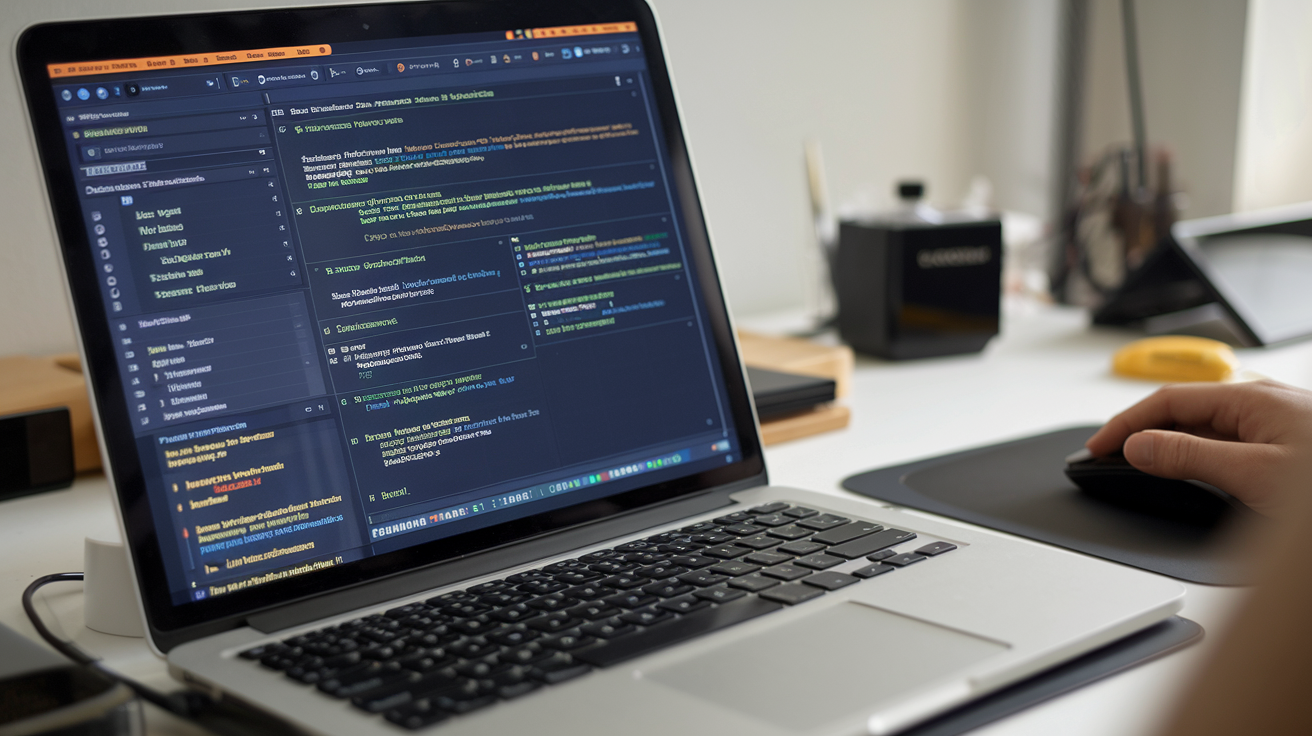Setting up a local instance of LMM Novita AI can open up new possibilities for developers and AI enthusiasts. By creating your environment, you can harness the power of language models without relying on external servers or cloud services. This guide will walk you through the essential steps on how to set up a local LMM Novita AI, ensuring that you have everything you need to get started with this exciting technology.
Understanding the Basics of LMM Novita AI
Before diving into the setup process, it’s important to understand LMM Novita AI. This model is designed for natural language processing tasks, enabling users to generate Text, summarize content, and perform translations. Setting up a local version allows for greater control and customization, which can be particularly beneficial for specialized projects or research. Now, let’s explore how to set up a local LMM Novita AI to unlock its full potential.
Gathering Your Hardware Requirements
The first step in the process is to ensure that you have the appropriate hardware. Running LMM models can be resource-intensive, so having a capable machine is essential. Generally, a computer with a modern multi-core processor and a good amount of RAM—ideally 16 GB or more—will provide a solid foundation. If you plan to work with larger models or run multiple instances, consider investing in a dedicated GPU to enhance performance. Having the proper hardware is crucial when learning how to set up a local LMM Novita AI.
Installing Necessary Software Dependencies
After ensuring your hardware is suitable, the next step is to install the necessary software dependencies. For LMM Novita AI, you will typically need Python, Docker, and an API key.
- Python: Visit the official website to download and install the most recent version of Python. During the installation process, make sure to add Python to your system PATH.
- Docker: Docker is essential for creating a containerized environment for LMM Novita AI. Follow the instructions on the Docker website to install Docker Desktop or Docker Engine, depending on your operating system.
- API Key: Depending on the specific version of LMM Novita AI you are using, you may need to acquire an API key. This key will authenticate your requests and allow you to access certain model features.
By installing these dependencies, you are taking significant steps toward understanding how to set up a local LMM Novita AI that meets your needs.
Selecting the Right LLM for Your Needs
Once your software environment is ready, you can select the correct language model. LMM Novita AI offers different configurations depending on the requirements of your project. Consider what tasks you want the AI to perform and choose a model that aligns with those goals. For example, if you need a model for text generation, look for a configuration optimized for that purpose. Understanding how to select the appropriate LLM is an integral part of how to set up a local LMM Novita AI.
Configuring Your Local Environment
With the software and model selected, it’s time to configure your local environment. Begin by creating a new project directory to store all related files. Navigate to this directory in your terminal or command prompt and ensure Docker runs. You can now pull the LMM Novita AI image from the repository using Docker commands.
Once the image is downloaded, you must create a Docker container. This container will host the LMM Novita AI and allow you to interact with it seamlessly. While setting up the container, specify the configurations based on your earlier model selection. This step is crucial to ensure you can effectively utilize the features of LMM Novita AI.
Running Your Local LMM Novita AI Instance
After configuring your environment, you can run your local LMM Novita AI instance. Start the Docker container using the appropriate command in your terminal. You should see the model loading successfully if everything is set up correctly. At this stage, it’s essential to test the installation to ensure the model functions as expected. You can do this by sending a simple query to the LMM Novita AI and checking the response. This hands-on interaction is vital in mastering how to set up a local LMM Novita AI.
Exploring the Features and Capabilities
Once your local instance is up and running, take the time to explore the various features and capabilities of LMM Novita AI. You may change settings, try out various input prompts, and see how the model reacts. This exploration phase will not only help you understand the full potential of the AI but also allow you to tailor it to your specific needs.
Conclusion: Embrace the Power of Local AI
In conclusion, knowing how to set up a local LMM Novita AI is rewarding and can significantly enhance your AI projects. By following the outlined steps—from gathering hardware to configuring your environment—you are well on your way to mastering this powerful tool. Embrace the opportunities of having your local instance and explore the vast capabilities of LMM Novita AI. With dedication and practice, you will unlock new levels of creativity and innovation in your work, transforming how you interact with language models and artificial intelligence.
